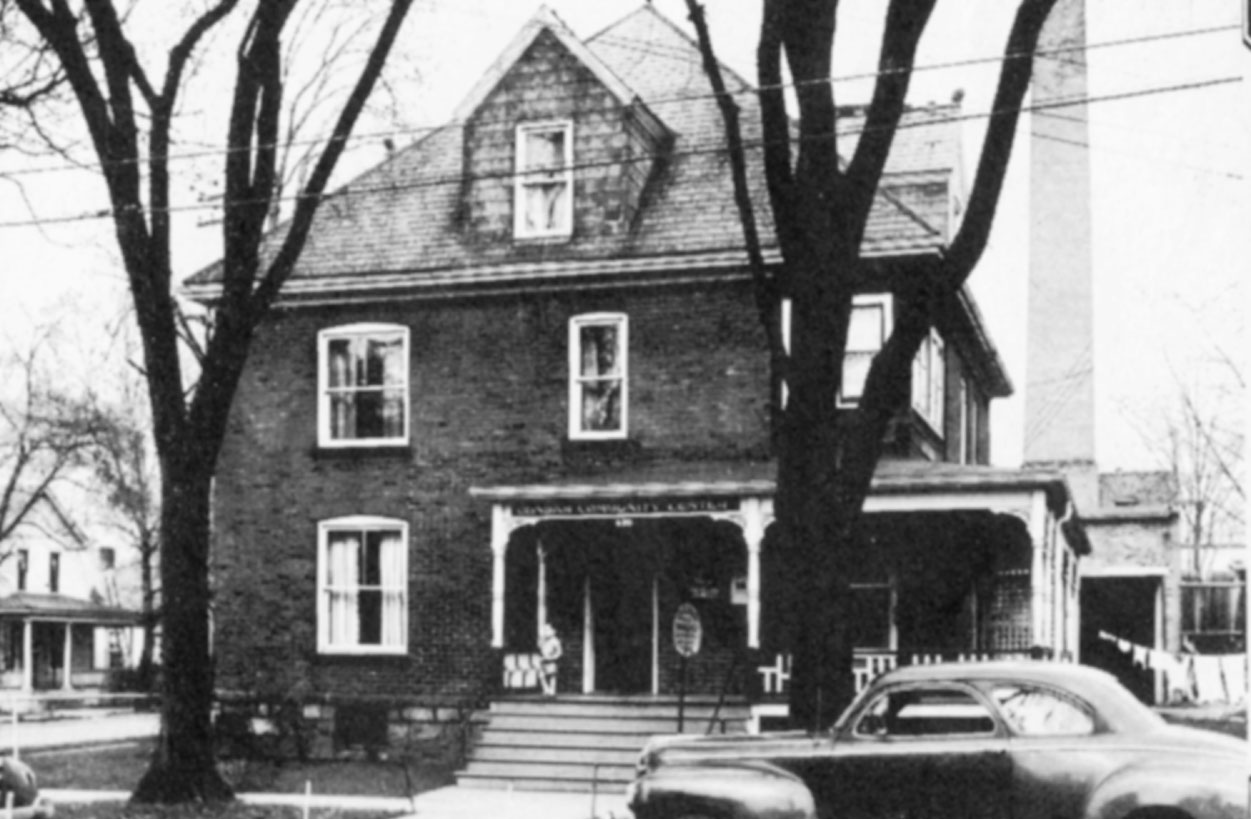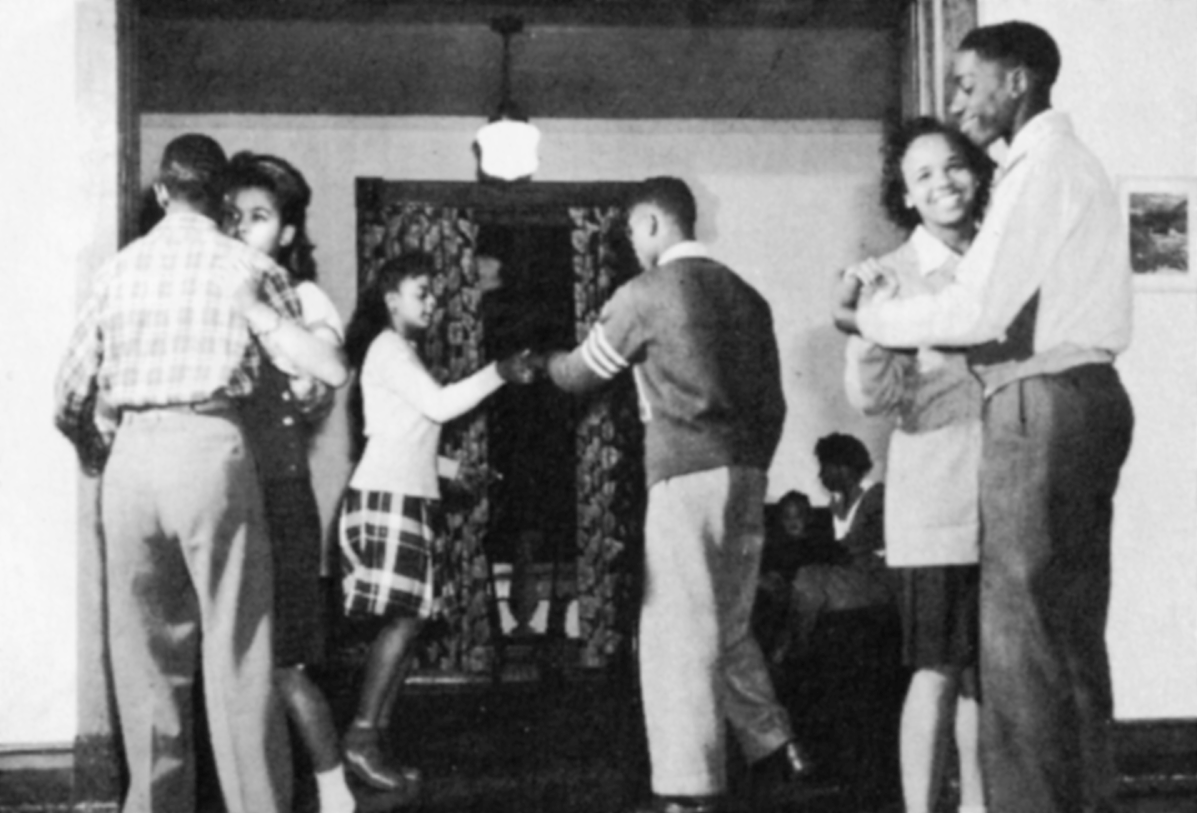<h2>Ann Arbor’s African American Community</h2>
African Americans established a close-knit community in this neighborhood near their churches and the <a href="/gallery/aastreets/site7/wall_displays/w4f/KAYSER2-300-1.png.html">Dunbar Center</a>, a gathering place for all blacks. <a href="/gallery/buildings/hhaa043.gif.html">Bethel African Methodist Episcopal</a> and Second Baptist churches evolved from the small 1853 Union Church nearby at <a href="/gallery/buildings/504HighStreet.gif.html">504 High Street</a>. Nineteenth century blacks were carpenters, masons, blacksmiths, barbers, and draymen, as well as domestics and laborers. They helped build the railroad and the university. In 1890, George Jewett, son of a blacksmith, was UM’s first black football player. He later owned a dry-cleaning business on South State Street. Katherine Crawford, an 1898 UM Medical School graduate, opened a medical practice in her family’s Fuller Street home.
<br><br>
The 1920s building boom created jobs; Ann Arbor’s black population doubled to almost 600. Post World War II prosperity brought that number to 3,200 by 1960. Few, however, were employed in city offices, or on school or university faculties, or held elected positions. Segregated housing practices restricted most black families to this area.
<br><br>
Sponsored by Alpha Kappa Alpha and Delta Sigma Theta Sororities; Alpha Phi Alpha, Kappa Alpha Psi, and Omega Psi Phi Fraternities; Bethel AME Church and Second Baptist Church
<br><br>
Photos courtesy of Rosemarion Blake, the Ann Arbor Community Center, and the Bentley Historical Library
<br><br>
These images may be protected by copyright law. Contact the Bentley Historical Library for permission to reproduce, display or transmit these images. Repository: <a href="http://bentley.umich.edu/">Bentley Historical Library</a>
Houses for sale Advertisement, 1951

Year:
1951
- Read more about Houses for sale Advertisement, 1951
- 2 comments
- Log in or register to post comments
Dunbar community center

- Read more about Dunbar community center
- Log in or register to post comments
Dunbar Center, 1951

Year:
1940
- Read more about Dunbar Center, 1951
- Log in or register to post comments
Sunday School at Bethel A.M.E., ca. 1930

Year:
c.1930
- Read more about Sunday School at Bethel A.M.E., ca. 1930
- Log in or register to post comments
Dunbar center teen dance, 1940

Year:
1940
- Read more about Dunbar center teen dance, 1940
- Log in or register to post comments
Second Baptist Church congregation

- Read more about Second Baptist Church congregation
- Log in or register to post comments
Bethel A.M.E. Church

Year:
1940
- Read more about Bethel A.M.E. Church
- Log in or register to post comments